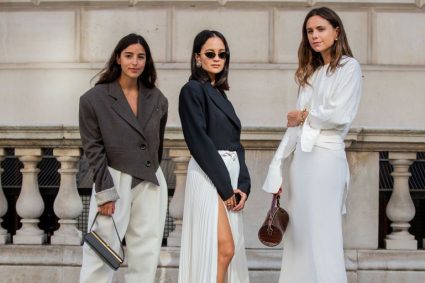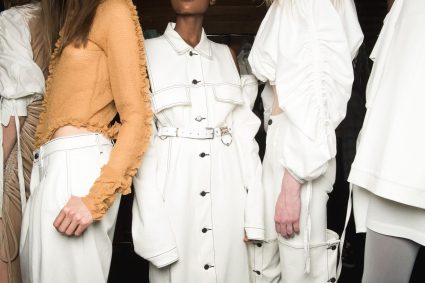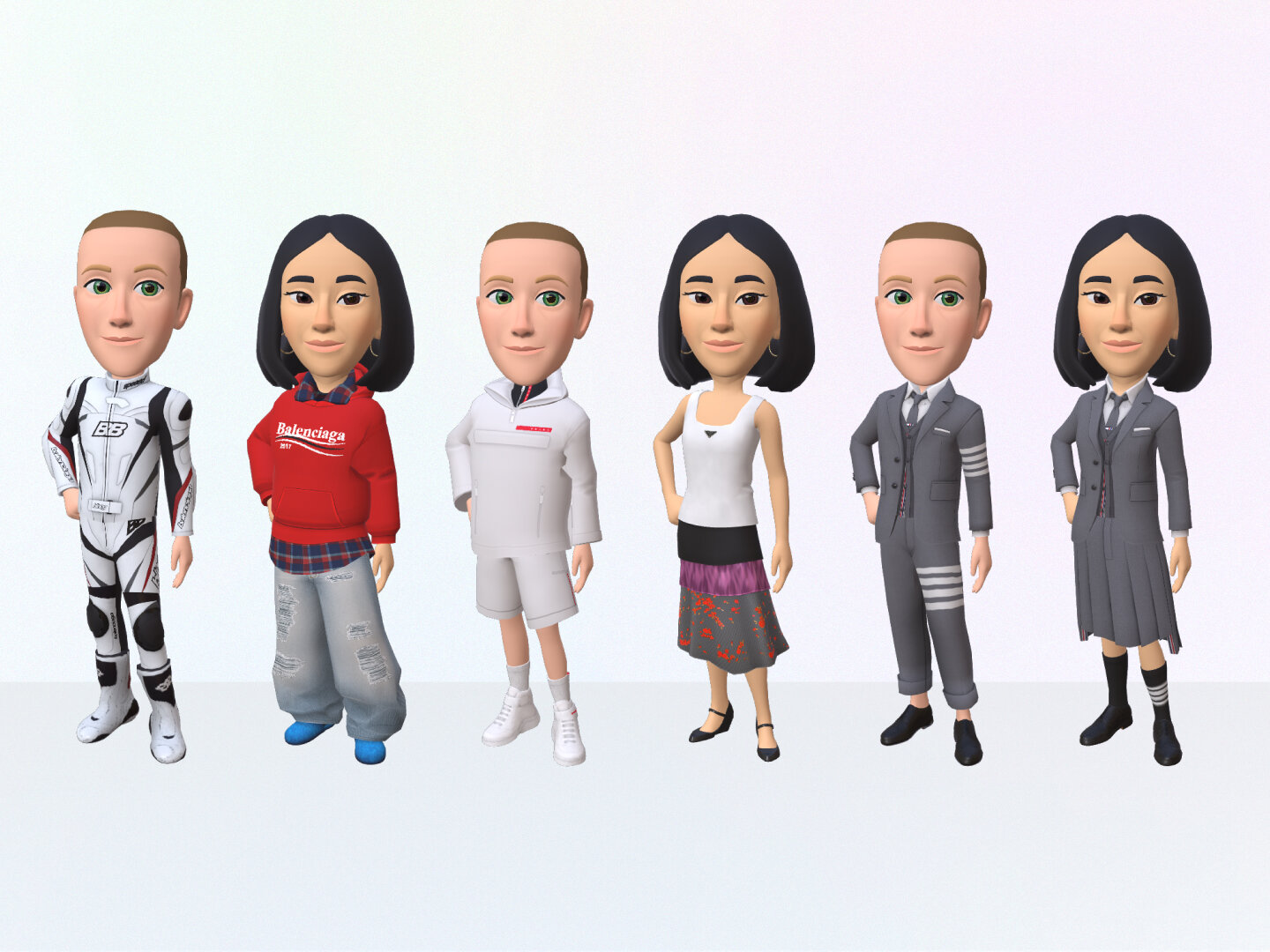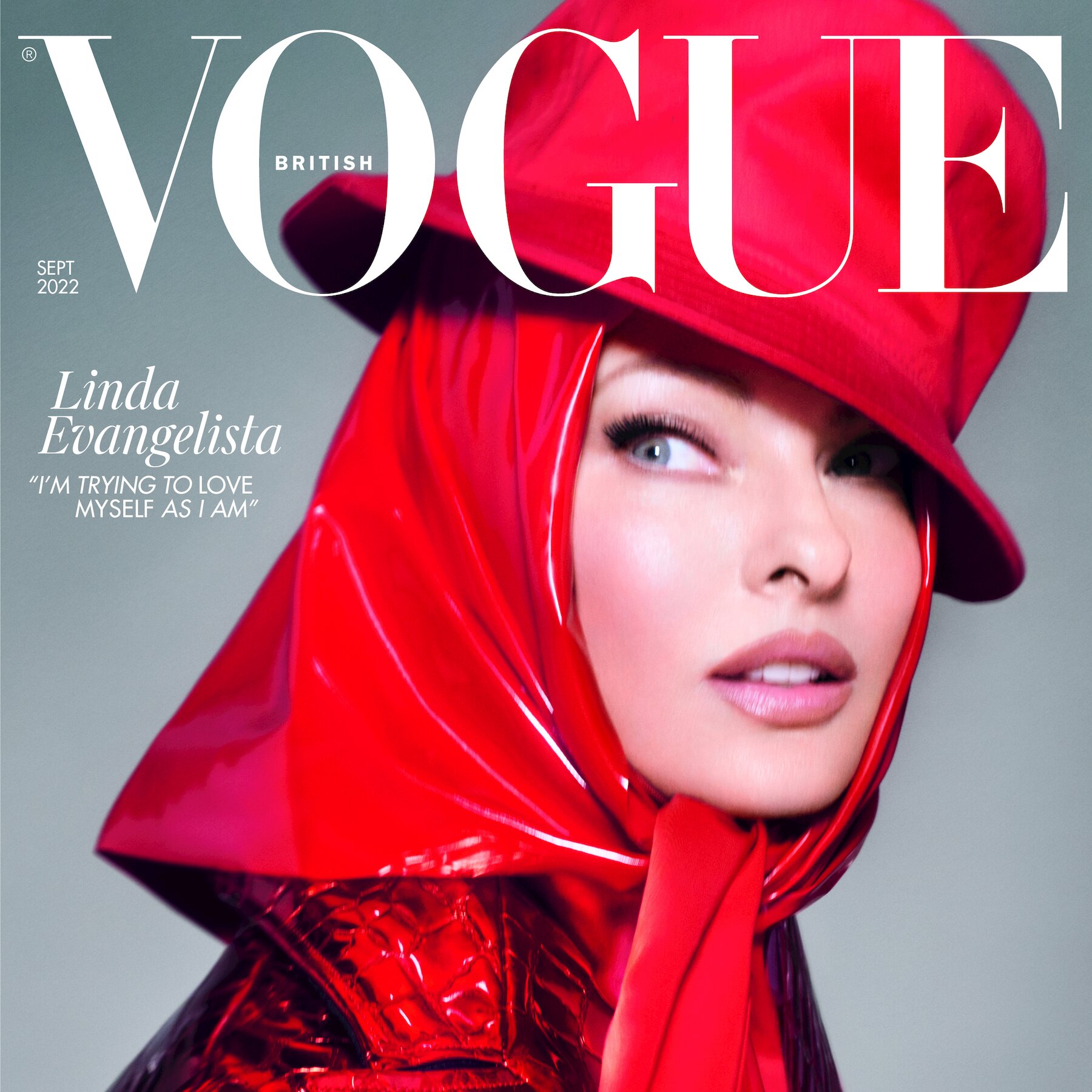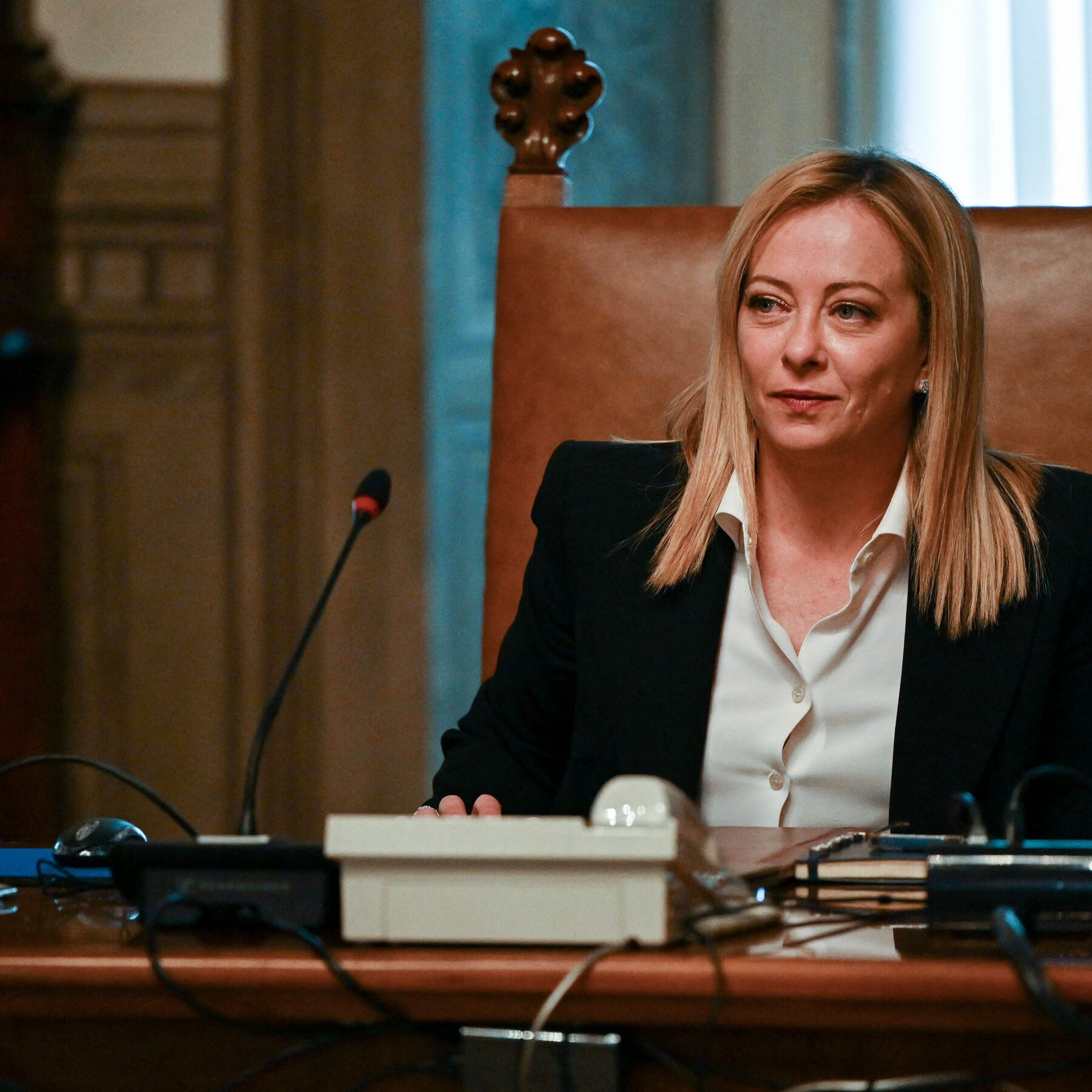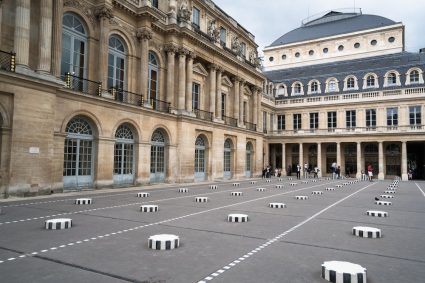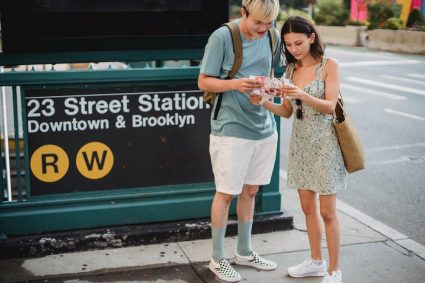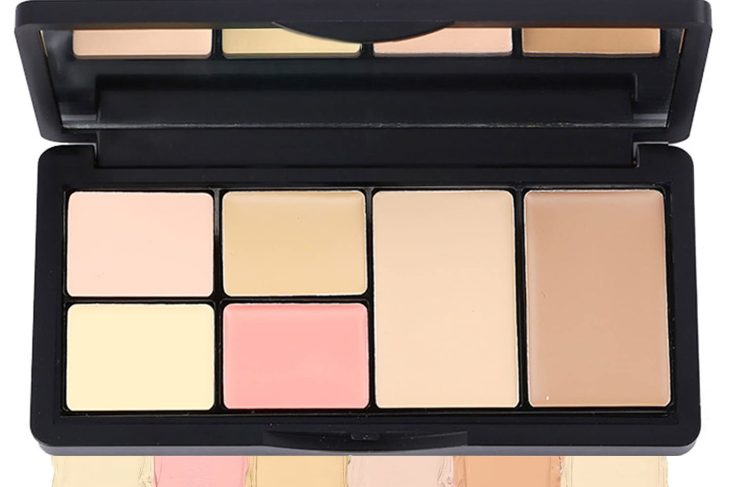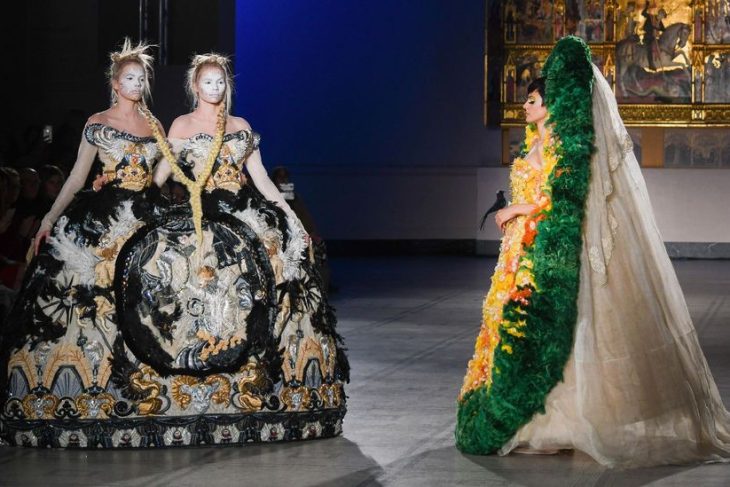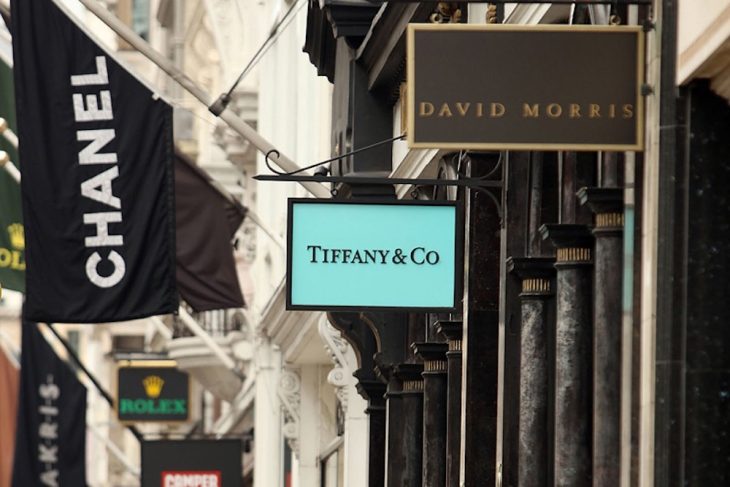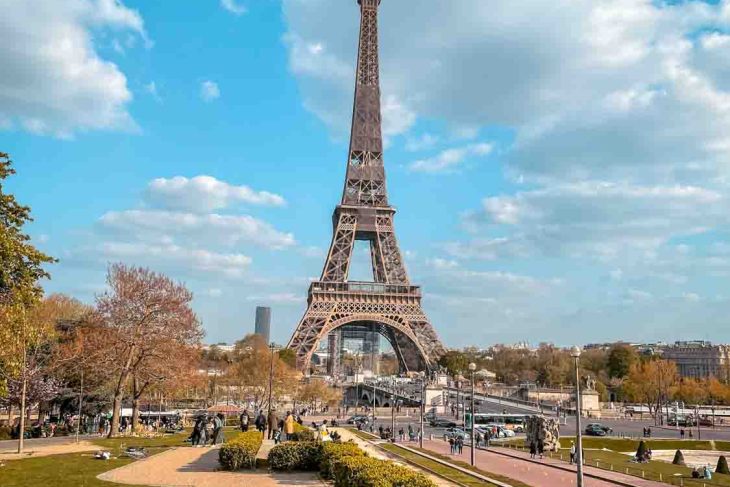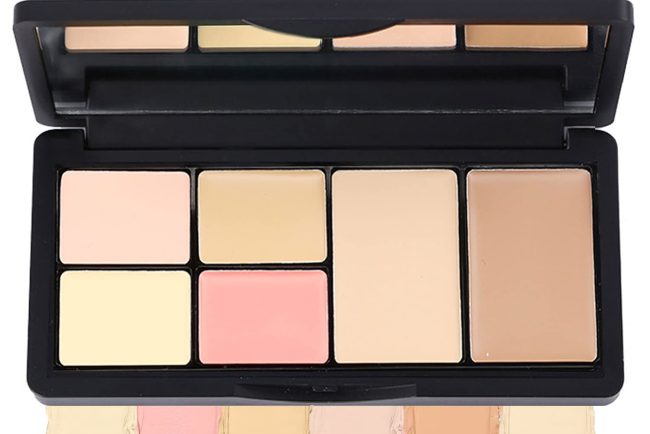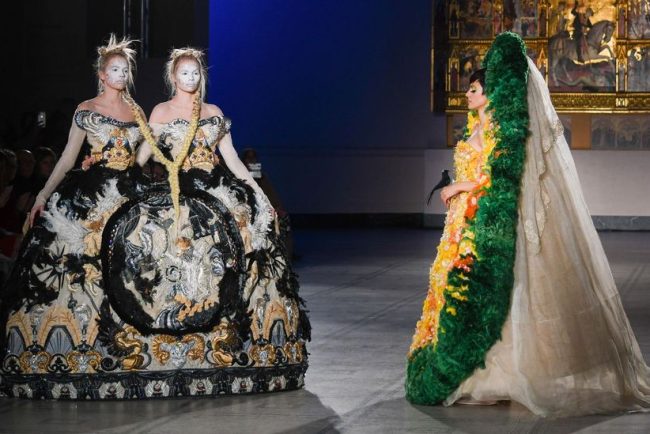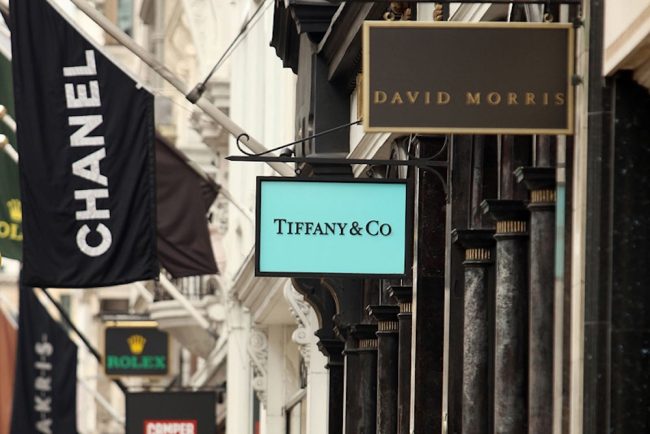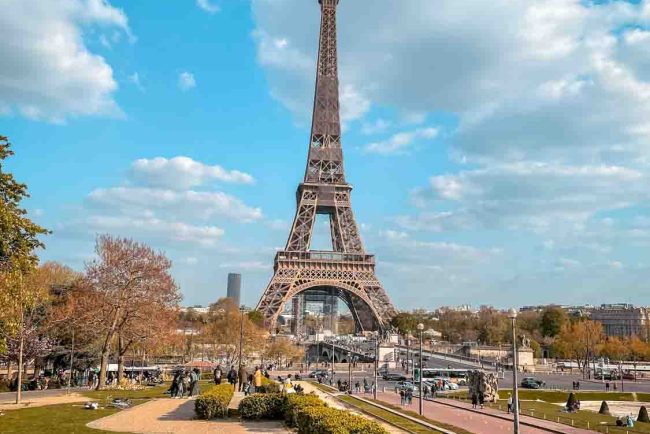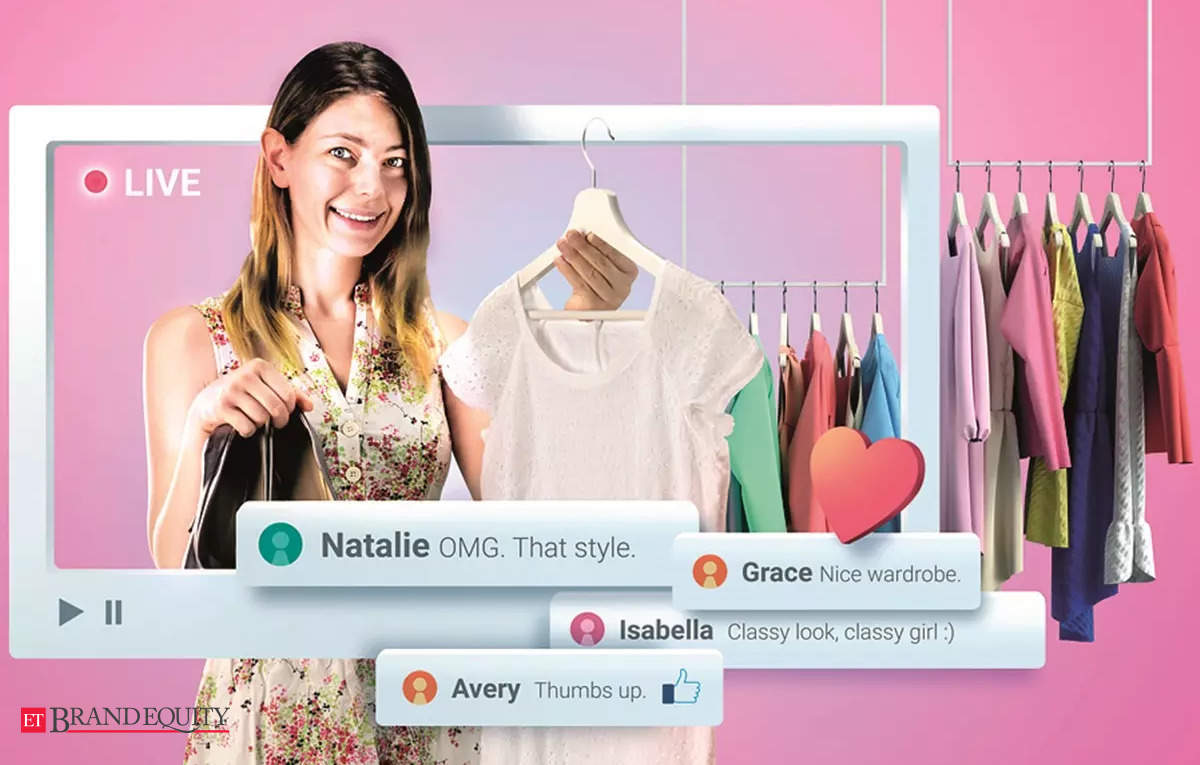

The fashion industry has historically been criticized for its lack of diversity and inclusivity. However, in recent years, there has been a push for change, with designers, models, and activists advocating for more representation on the runway and in fashion campaigns. Here are some examples of the push for diversity and inclusivity in the fashion industry:
Size Inclusivity: There has been a push for more size inclusivity in the fashion industry, with a focus on representing a wider range of body types. Brands like Universal Standard and Chromat have made headlines for their inclusive sizing and casting models of all shapes and sizes.
Racial Diversity: The industry has also been called out for its lack of racial diversity, with models of color underrepresented on the runway and in campaigns. Brands like Savage X Fenty and Pyer Moss have made a point to showcase diverse models, including those of different races and ethnicities.
Gender Inclusivity: The industry is also beginning to embrace gender inclusivity, with designers like Palomo Spain and Charles Jeffrey Loverboy blurring the lines between menswear and womenswear. Brands like Wildfang and TomboyX have also made strides in creating gender-neutral clothing.
Accessibility: There is a growing push for fashion to be more accessible to people with disabilities. Brands like ASOS and Tommy Hilfiger have launched adaptive clothing lines that are designed with disabilities in mind.
LGBTQ+ Representation: The fashion industry has also been criticized for its lack of LGBTQ+ representation. However, designers like Christian Siriano and Jonathan Anderson have incorporated LGBTQ+ themes into their collections, and brands like H&M have launched Pride collections.
These are just a few examples of the push for diversity and inclusivity in the fashion industry. While there is still a long way to go, the industry is making progress towards creating a more inclusive and representative space for all.


